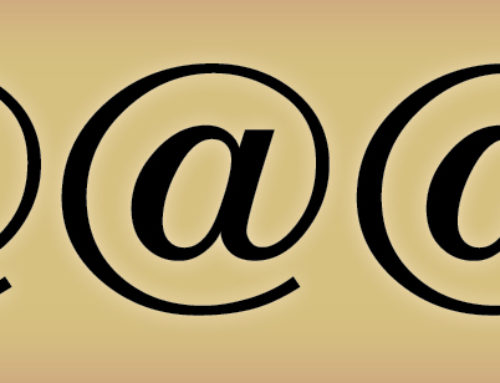If your office is large, or working from multiple locations, you may already be “Slacking”. Slack is a mobile and desktop text-message-style communication tool that has become commonplace for co-workers. It almost completely replaces inter-office email and serves as the new “water cooler” for social chit-chat among team members.
However, Slack isn’t appropriate in all situations. There are a few times where good old email may be the best communication tool:
When the message is long: Slack is best for short messages. No one wants to read a 10-point memo in text-land. Lengthy discussions are better for email.
When you need privacy: Slack is often used for group chat. But, if you’re having a one-on-one, get on a private channel or use email.
When the message is formal: Slack is casual, but that’s not appropriate for things like review feedback or establishing business relationships. In these cases, email is better.
When a phone call is faster: Seriously. Sometimes it’s easier to just pick up the phone. When you’re looking for clarification or the answer to a multiple choice question, a call is quicker. All that typing back and forth Takes. So. Much. Time.
Regardless of whether you’re using Slack, email or snail-mail, watch your words. Slack, like those old time-honored platforms, is subject to a company’s compliance rules governing discrimination, harassment and privacy policies. Your messages can be subpoenaed by legal authorities if such a situation is warranted. And because it’s cloud-based you’ll have no control over it.




